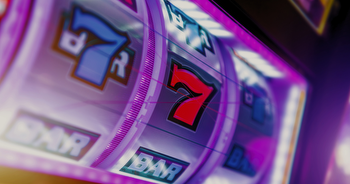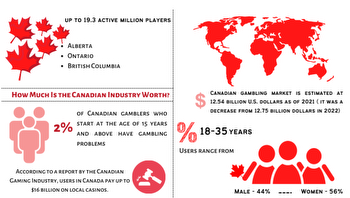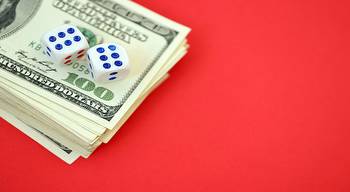How legal and illegal gambling compare in the industry
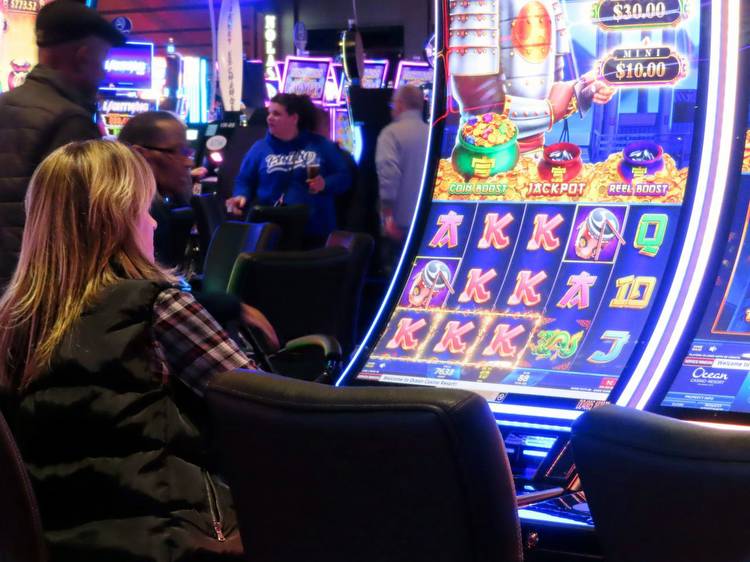
For nearly as long as humans have been alive, they’ve fallen under the allure of placing bets and winning big. Evidence of gambling dates back to 3000 B.C., when archaeologists uncovered six-sided dice in what is now modern Iraq. When anthropologist Alfred Kroeber published his 1948 survey of world cultures, he found it much easier to count the civilizations that did not practice gambling than those that did. Some of those that did not gamble were often isolated communities, such as Indigenous Australians, Pacific Islanders, and those who lived in remote areas of India and South America.
Legal gambling has grown into a worldwide juggernaut that draws an estimated 1.6 billion people worldwide. Sports-based gambling alone is a fast-growing subcategory, raking in $194.63 billion in wagers worldwide in 2021. Though the COVID-19 pandemic resulted in a 39.6% drop in revenue for Las Vegas casinos, online gambling is expanding rapidly, expected to reach a global market value of $114.4 billion by 2028. Yet as popular as legal gambling is, illegal gambling is an even larger industry: Worldwide participants are believed to wager anywhere from $340 billion and $1.7 trillion per year.
ATS.io examined the state of legal and illegal gambling in the United States, looking at the current size of both industries and their histories. There are stark differences between the two trades: The legal gambling industry is subject to thousands of regulations and laws designed to protect those who partake. Illegal operations, however, follow no such standards. By circumventing the same tax laws legal operators obey, the illegal gambling industry deprives the legal industry of $44.2 billion and state governments of $13.3 billion annually.
Read on to learn about the differences in scope and operation between legal and illegal gambling, and how the historical development of the United States led to the state of the industry today.
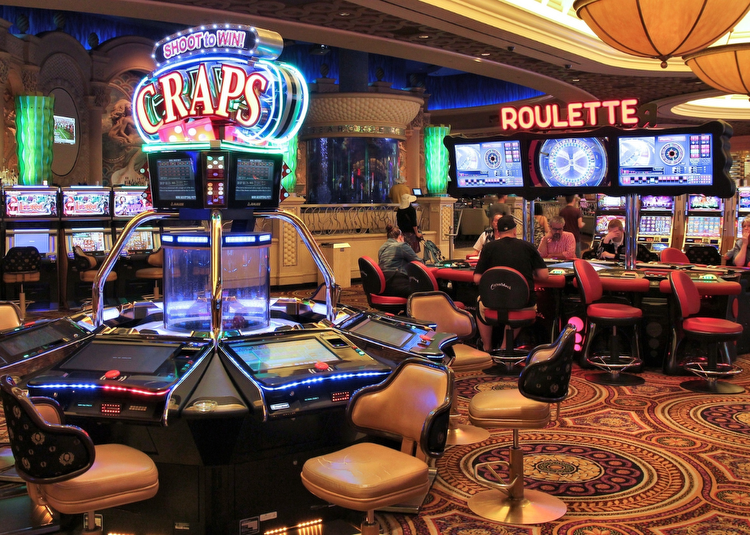
Tupungato // Shutterstock
Legal gambling
The history of gambling in the U.S. goes back to the nation’s beginnings; in many Native American communities, gambling was used in tribal ceremonies, celebrations, and for trading and sharing resources. For many Native people, gambling was more about the experience than the outcome of the game. When European settlers colonized America, they brought traditions of cards, billiards, and other forms of gambling with them. As early as the 1680s, upper-class Virginians flaunted their elite status by making exorbitant bets during horse races.
Despite a nearly nationwide outlawing of gambling by the end of Andrew Jackson’s presidency (1829-1837), saloons along the Western frontier remained strongholds for legal and illegal gamblers up until the late 1800s. In 1931, Nevada formally re-legalized frontier gambling that had been widespread in the state for a century, largely to help lift the state out of the Great Depression; Las Vegas became the national capital for casino gambling soon thereafter and remains so to this day.
Though gambling and sports betting today is allowed in 33 states and Washington D.C., legal gambling is one of the most highly-regulated industries in the U.S., subject to thousands of laws and regulations. Legal gambling takes place either online or in-person (usually at casinos and racetracks); slot machines in casinos were responsible for in revenue the gambling industry netted in the U.S. in the first quarter of 2023.
Laws controlling gambling span from federal to state and local levels. Major regulations include the Interstate Wire Act of 1961, which bans wiring money for sports payments across state borders; the Unlawful Internet Gambling Enforcement Act of 2006, which prohibits online gaming websites from accepting payments for unlawful internet gambling debts; and internet casino gambling bans, which exist in all but six states.
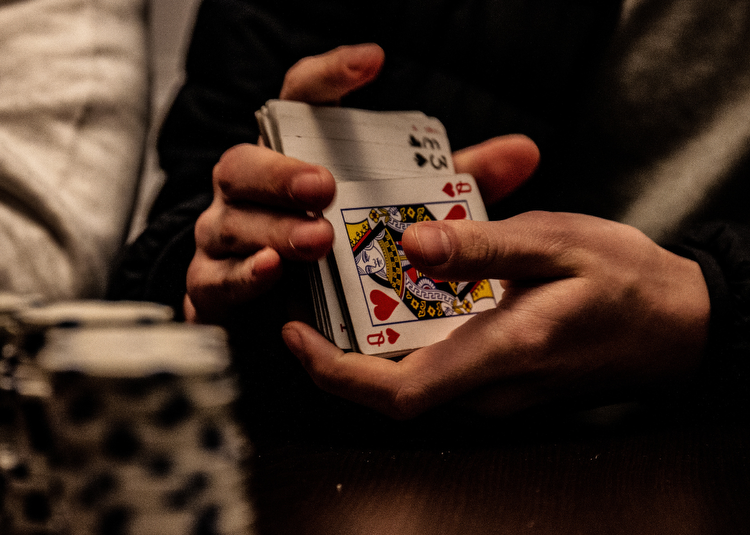
Canva
Illegal gambling
Illegal gambling is nearly half the revenue size of legal gambling in the U.S. ($44.2 billion versus $92 billion), according to American Gaming Association estimates. Americans spend more than $510.9 billion annually on illegal and unregulated gambling operations—but they may not even know it. Over half of Americans engaging with illegal operators believe they are using legal avenues.
Illegal gambling is dominated by unregulated machines, which divert an estimated $26.9 billion in revenue, followed by online games that steal $13.5 billion from legal markets. Sports betting comes in third, shifting $3.8 billion in revenue away from legal venues.
Gambling has been controversial and met with regulations for nearly as long as it has existed in the colonized U.S. The first commercialized gambling on a large scale began in New Orleans during the 18th and 19th centuries, even though gambling was outlawed in nearly all Southern states by the 1830s.
After Prohibition ended, eliminating bootlegging as a lucrative cash cow for organized crime families, these underground groups migrated from New York and Chicago to Las Vegas to commence illegal gambling operations. In 1970, racketeering became federally banned, minimizing the mob’s monopoly in Las Vegas. Internet gambling websites popped up two decades later, and despite the passing of the Unlawful Internet Gambling Enforcement Act of 2006, many Americans continue to find ways to circumvent the law and continue gambling online.
Additional reporting by Eliza Siegel. Story editing by Carren Jao. Copy editing by Tim Bruns.
This story originally appeared on ATS.io and was produced anddistributed in partnership with Stacker Studio.








